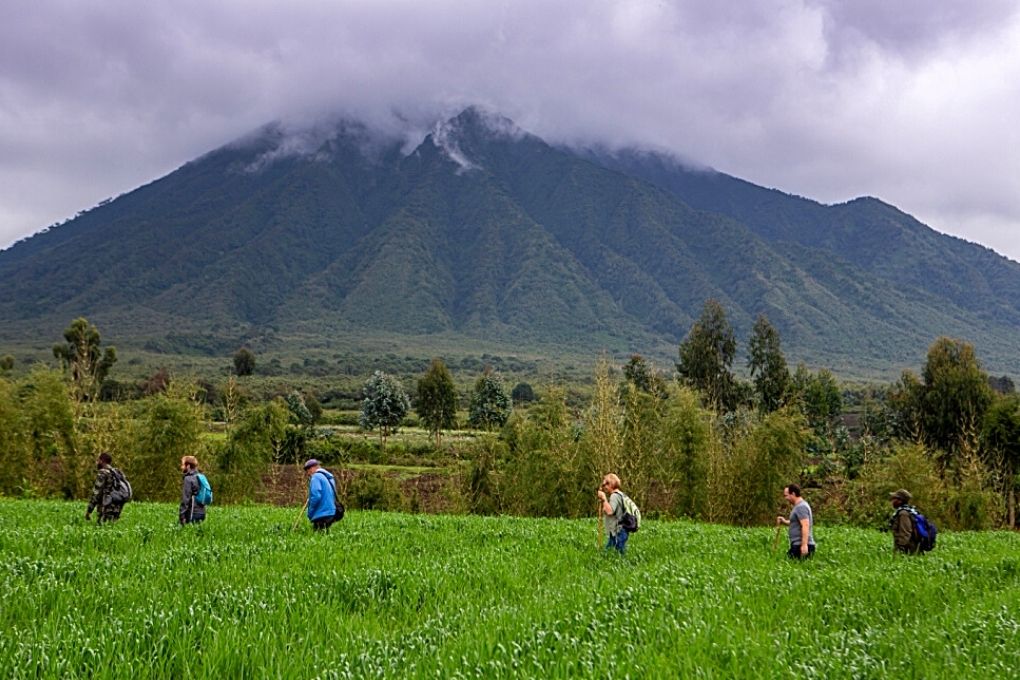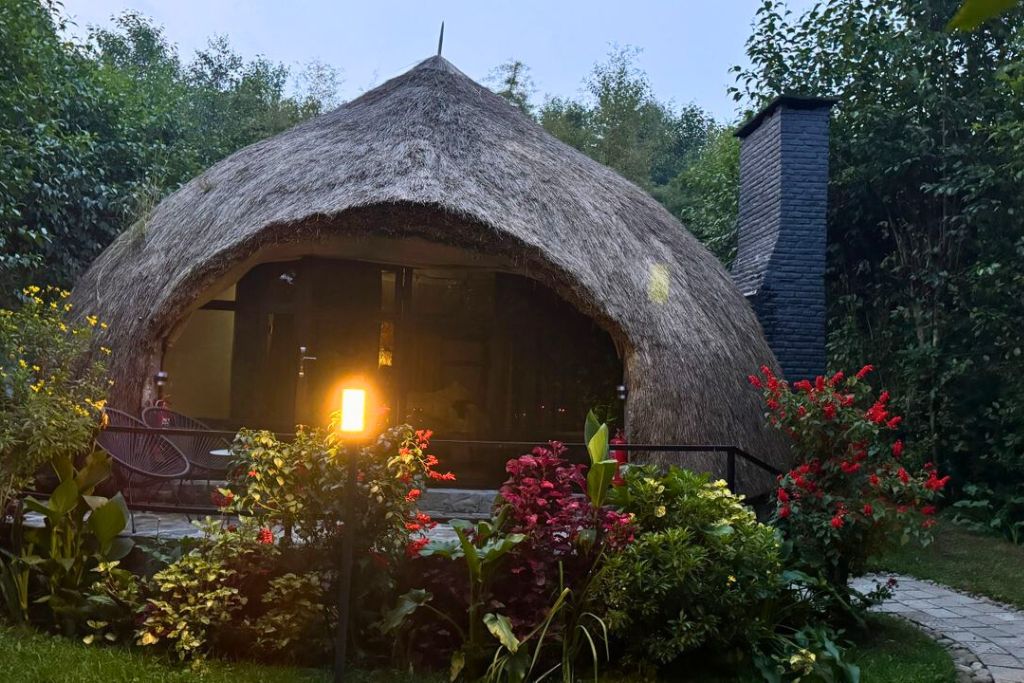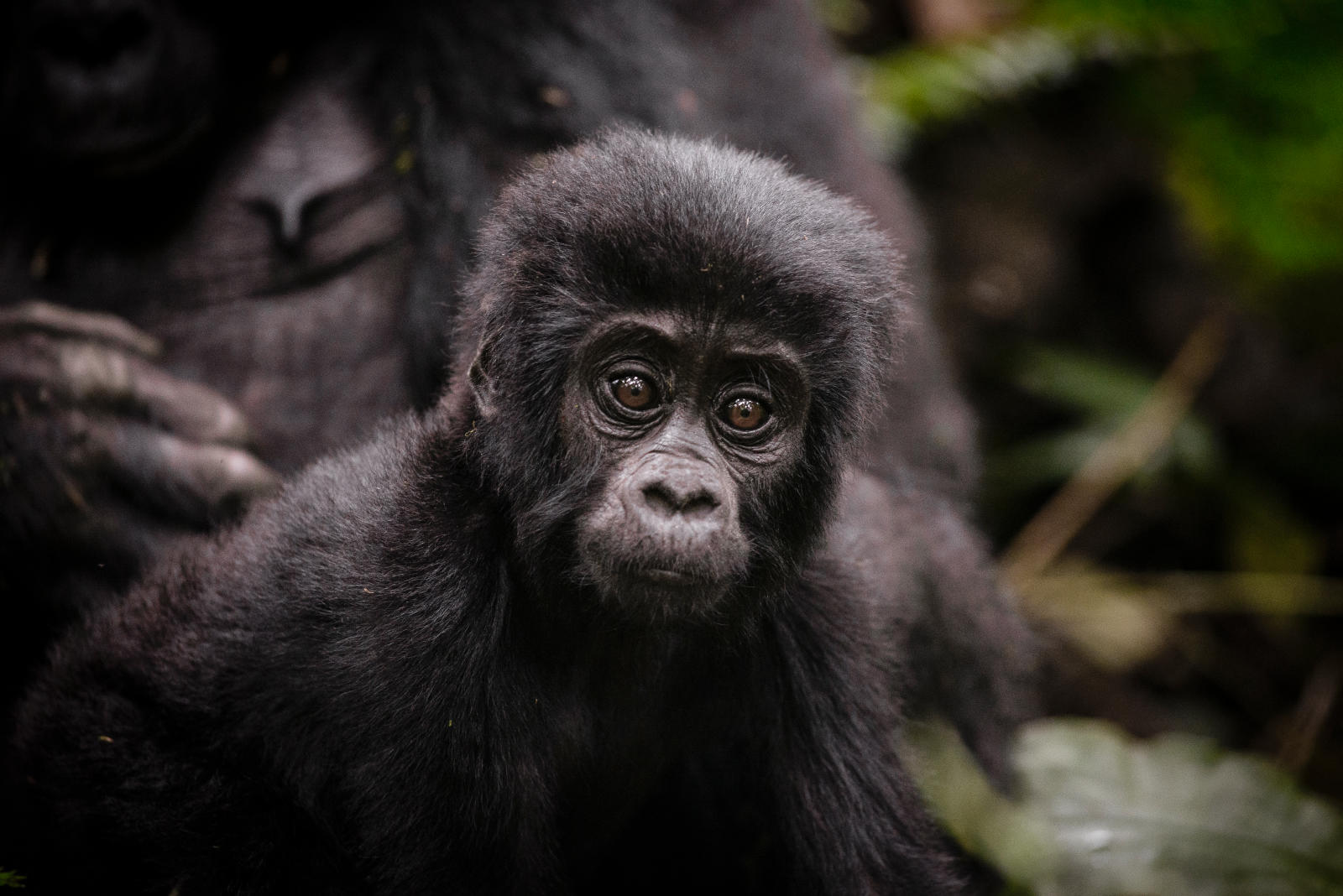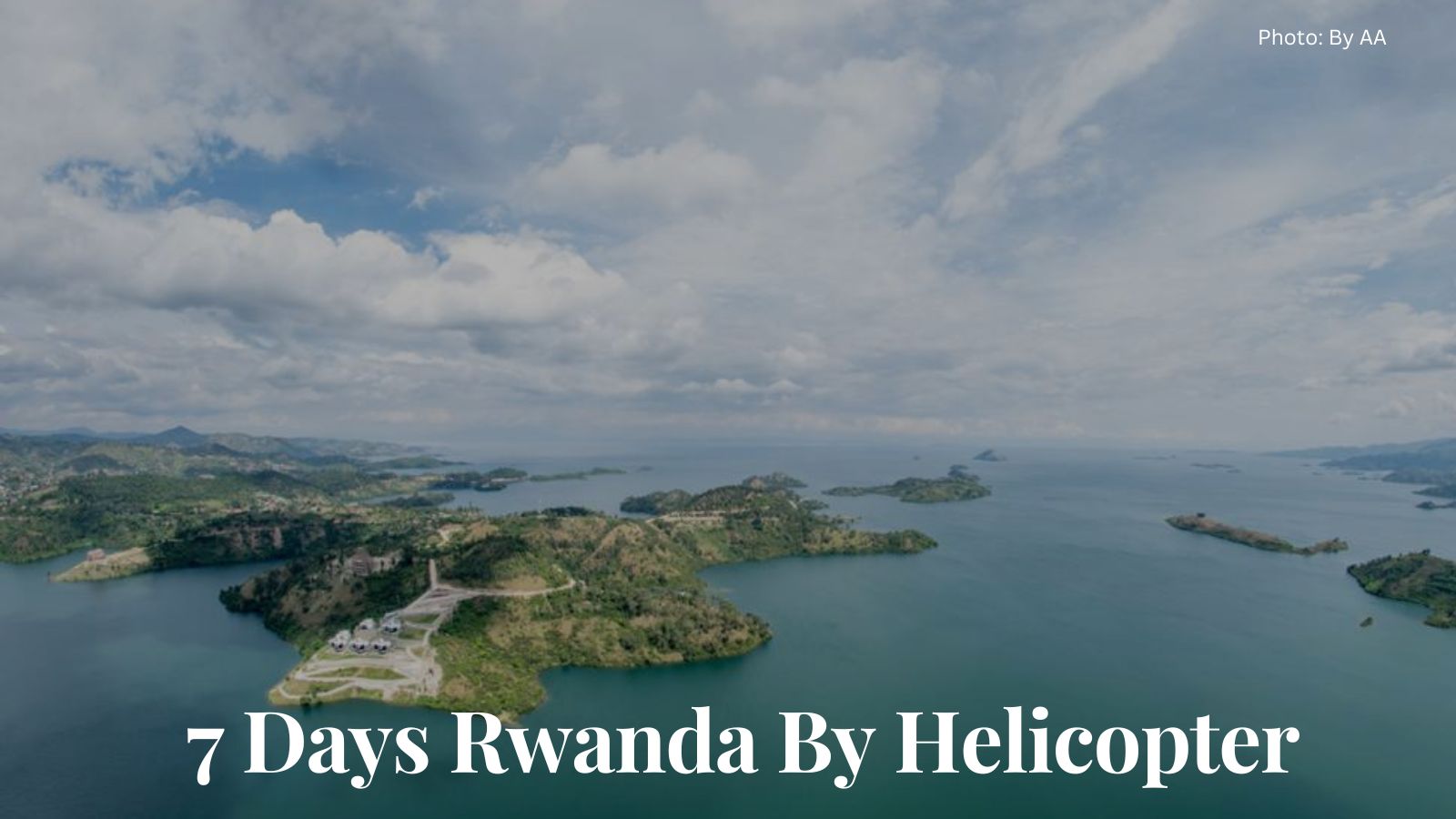
Where to travel in Rwanda
Travel in Rwanda is now open. Without a doubt, the number one place to visit is Volcanoes National Park – to do gorilla trekking. Volcano national park is home to a growing number of critically endangered mountain gorillas. Experts estimate that there are about 600 gorillas in the park—a significant increase from around 240-250 individuals in 1981. To visit one of the 12 mountain gorilla families that have been habituated to humans, you’ll need to obtain one of the limited numbers of daily trekking permits for $1,500. The easiest way to do it is through a reputable tour operator, who can also arrange transportation from Kigali to the park headquarters. Book Now
No trip to Africa is complete without a game drive. Tourists can scratch the itch to go on safari just two-and-a-half hours away from Kigali at Akagera National Park. Its biodiversity has made an incredible recovery from near decimation after the Rwandan genocide. The 1,140-square-kilometer expanse (one of Central Africa’s largest protected wetlands) now boasts all of the Big Five animals, along with an abundance of birds and antelope. You’ll need to have a lot of luck to spot a lion or rhino—conservationists are still working on boosting their populations, you’ll have no trouble spotting zebras, hippos, Nile crocodiles, elephants, and giraffes on a self-drive safari. The landscape itself is just as spectacular as the animals that live here, home to the big five including the Rhinos in Rwanda. You’ll see the environment make a glorious shift from savannah plains to wetlands and lakes.
Visit one of the most important forest conservation areas in all of Africa, Nyungwe Forest National Park contains a spectacular array of biodiversity, including 1,068 plant species, 322 species of birds, and 75 types of mammals. Most tourists come to this rainforest to track chimpanzees in Rwanda, which have been habituated to humans by park rangers. Hanging out with primates isn’t the only thing to do in Nyungwe. The park is also home to the only canopy walk in East Africa, roughly a 90-minute hike from the Uwinka Visitor Center. You’ll walk across a 91-meter-long suspension bridge dangling more than 50 meters above the verdant rainforest, getting a dizzying view of the treetops and mountains in the distance. Got a fear of heights? Skip the canopy tour and instead walk along with one of the park’s 15 hiking trails for an invigorating adventure that doesn’t fight gravity.
It’s hard to imagine that just a couple of decades ago, Rwanda was in the midst of a horrific genocide that would leave more than 800,000 people dead in just 100 days. Traveling to Kigali Genocide Memorial gives you a lesson to learn about this horrific event where the country has come a long way from the devastating massacre, but the impact of this relatively recent history has left its mark on the lives of everyday people and generations to come. The haunting museum dives into the timeline that led to the 1994 genocide, bringing the horrors to life through halls of photographs, artifacts, and information. The main exhibit hall wraps around poignant sculptures and features stained-glass windows that cast a hopeful glow on the space. While heartbreaking, visiting the Kigali Genocide Memorial is an important part of being a responsible tourist in Rwanda. Give yourself time to contemplate the experience and have a moment of silence for the 250,000 victims interred at this site at the memorial’s Gardens of Reflection.
If traveling to Rwanda National Parks didn’t convince you that Rwandans have a reverence for animals, a visit to the King’s Palace Museum certainly will. The star attraction at the museum (one of Rwanda’s eight national museums) is the inyambo (sacred cows) and their staggeringly large horns. Throughout the day, traditional singers lull the cows into a mellow state by belting poems—a ritual that’s unique to Rwanda. The museum itself is just as interesting as the four-legged creatures outback. It showcases a replica of a king’s palace from the 15th century with a thatched roof, royal hut, and fresh milk hut traditionally run by an unmarried woman.
Cultural tours shouldn’t miss out on where to travel in Rwanda – where you will visit Gorilla Guardian Village, Kagano Village, Humure Refugee Village, Ubumwe Community visit, and Nyange Communality among others.
After all your outdoor adventures, you’ll be ready to kick up your feet—and there’s no better place to relax in Rwanda than at Lake Kivu. The 2,700-square-kilometer, emerald-green oasis, surrounded by misty mountains, is Rwanda’s largest lake. Soak it all up from Rubavu, a resort town on the northern tip of Lake Kivu. It has a lively waterfront, sandy beach, and stunning resorts – including the Lake Kivu Serena Hotel. A few days in this peaceful town will leave you restored. You will be blinded by the dazzling colours and wondrous landscapes when it is your time to travel in Rwanda.



